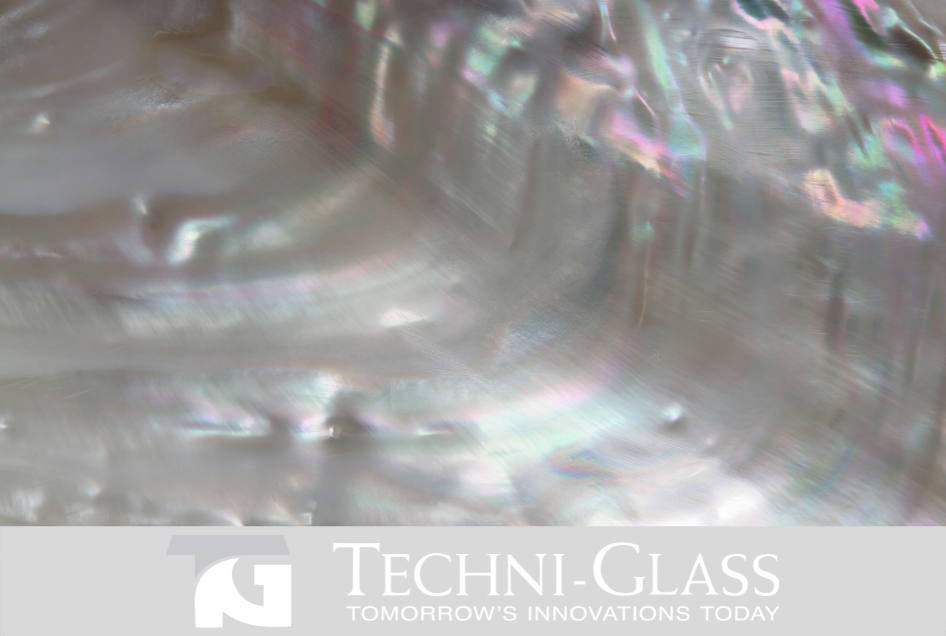McGill University scientists uncovered the blueprint for a new type of glass while studying the structure of biological materials. This new “unbreakable” glass was inspired by nacre (also known as mother of pearl), the material found in the inner layer of mollusks.
According to Allen Ehrlicher, a Department of Bioengineering Associate Professor at McGill University, “nacre has the rigidity of a stiff material and durability of a soft material. It’s made of stiff pieces of chalk-like matter that are layered with soft proteins that are highly elastic. This structure produces exceptional strength, making it 3,000 times tougher than the materials that compose it.”
The scientists seamlessly blended layers of glass flakes and acrylic to replicate the architecture of nacre, resulting in an exceptionally strong opaque composite that can easily and inexpensively be reproduced.
With the resiliency of plastic, the new glass and acrylic composite material is resistant to shattering upon impact. Both three times stronger and five times more resistant to fracture than regular glass, any trade-off between strength, toughness, and transparency is eliminated.
Future Applications
Though we already have techniques for strengthening glass, this new glass could lessen the use of more expensive methods like tempering and laminating in some applications.
Next, the team plans to incorporate smart technology to allow the glass to change properties like color and conductivity. The future applications for this new material are endless. For one, researchers note how cell phone screens could be improved with this stronger, more resilient glass.
“A Glass From The Past”
Supposedly, flexible glass originated in ancient Rome. As recounted by popular Roman authors, the inventor crafted a drinking bowl made of the material for the Emperor. When the Emperor tried to break the glass bowl, it would not shatter.
As the story goes, the Emperor executed the inventor out of fear that the new glass would lower the value of silver and gold. Since the inventor was the only person who knew how to make the flexible glass, the invention could not be replicated.
Over 2,000 years later, scientists have once again invented a flexible glass.
Reference: Unbreakable Glass Inspired By Seashells – McGill University

